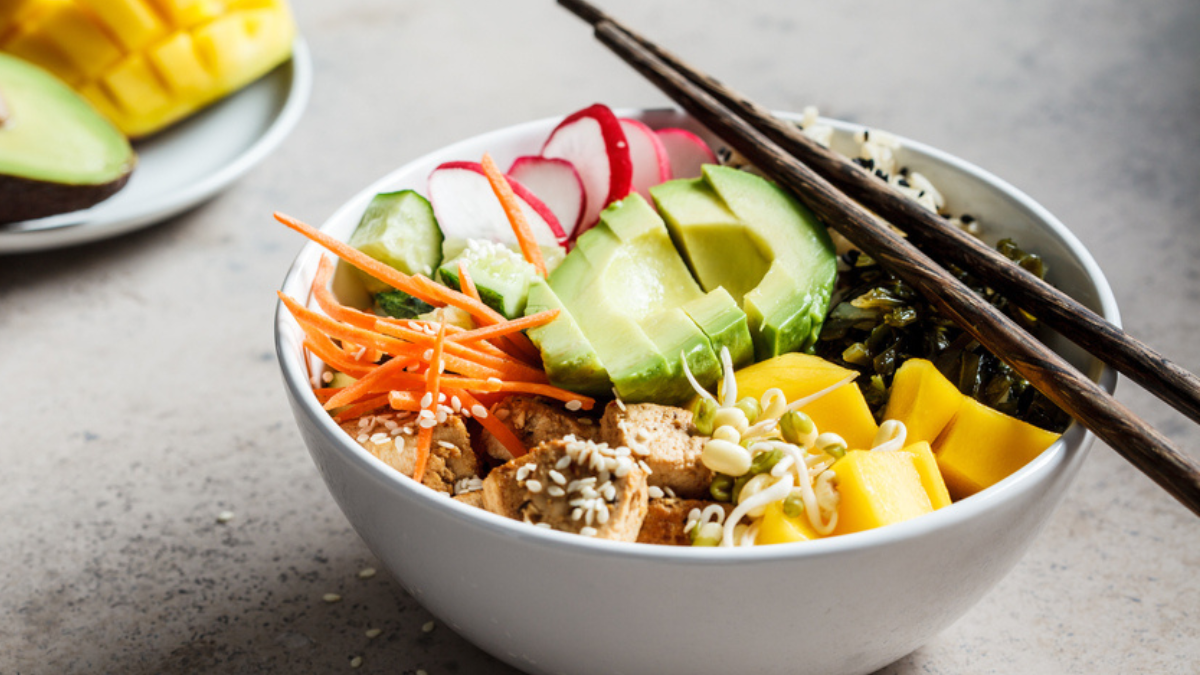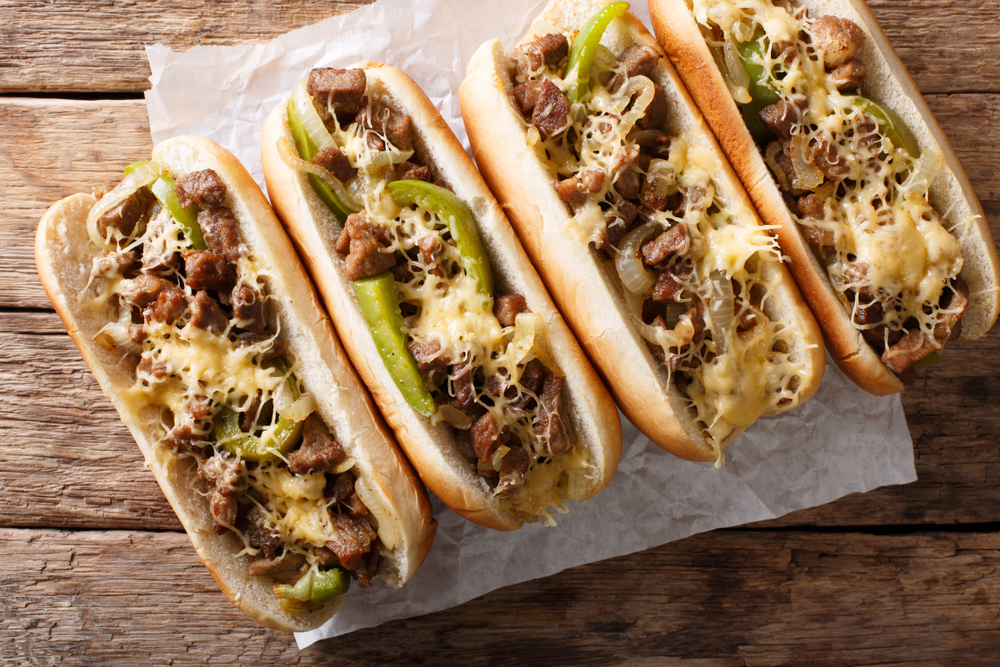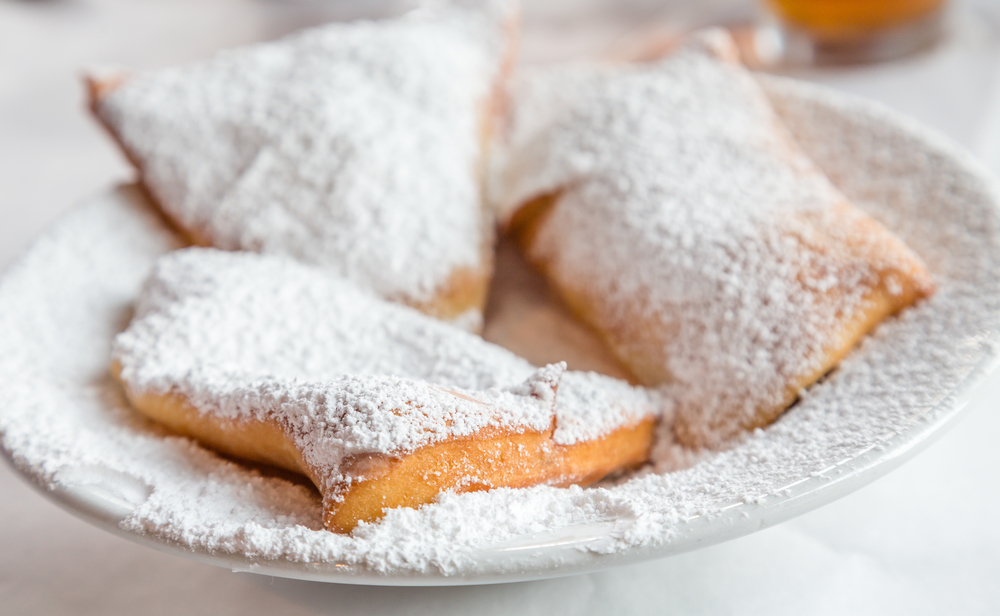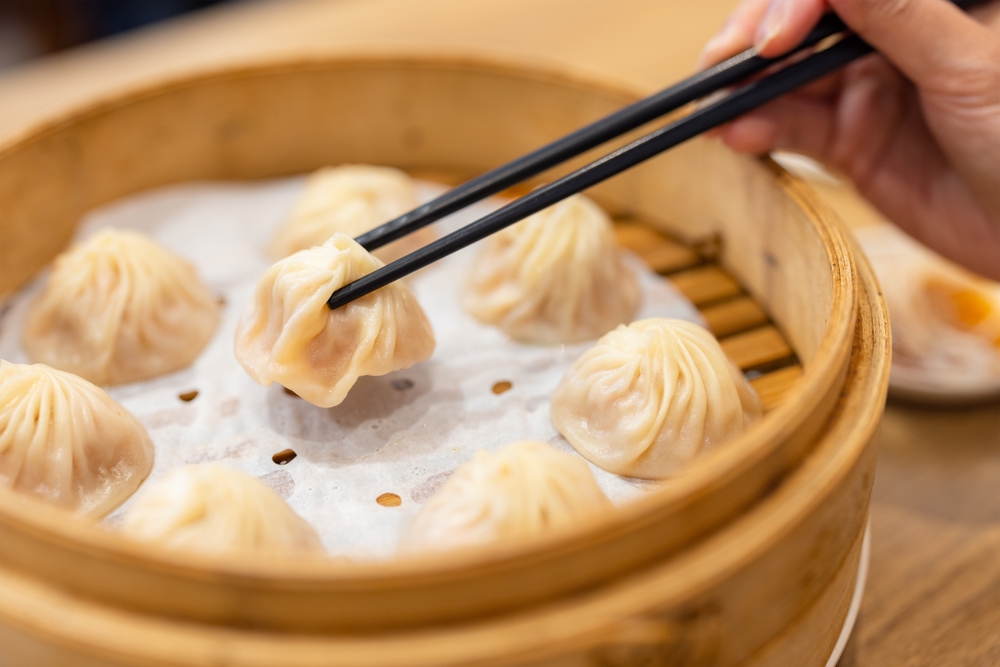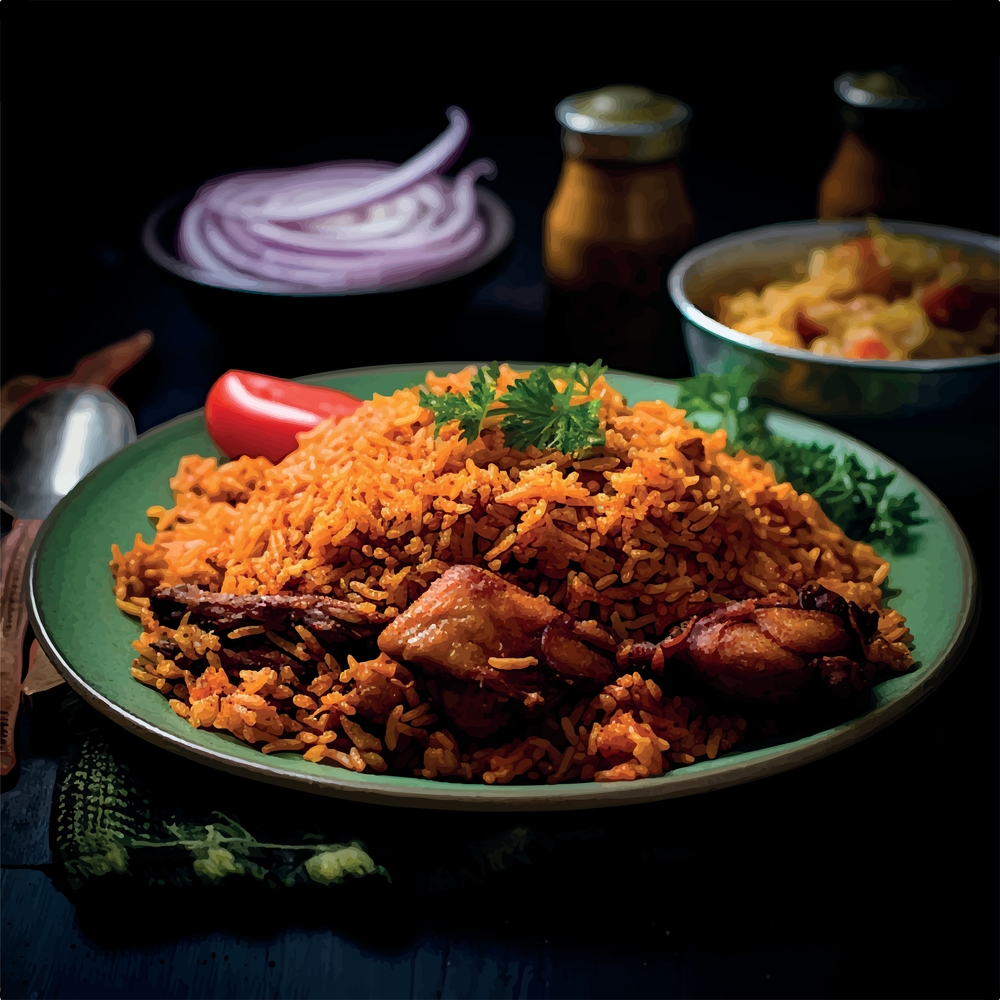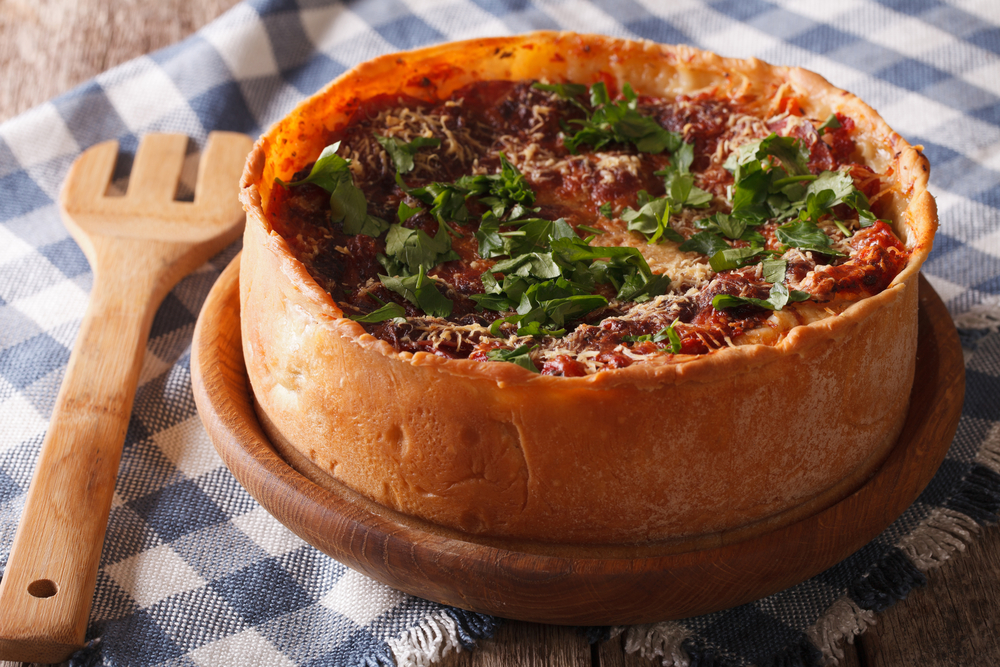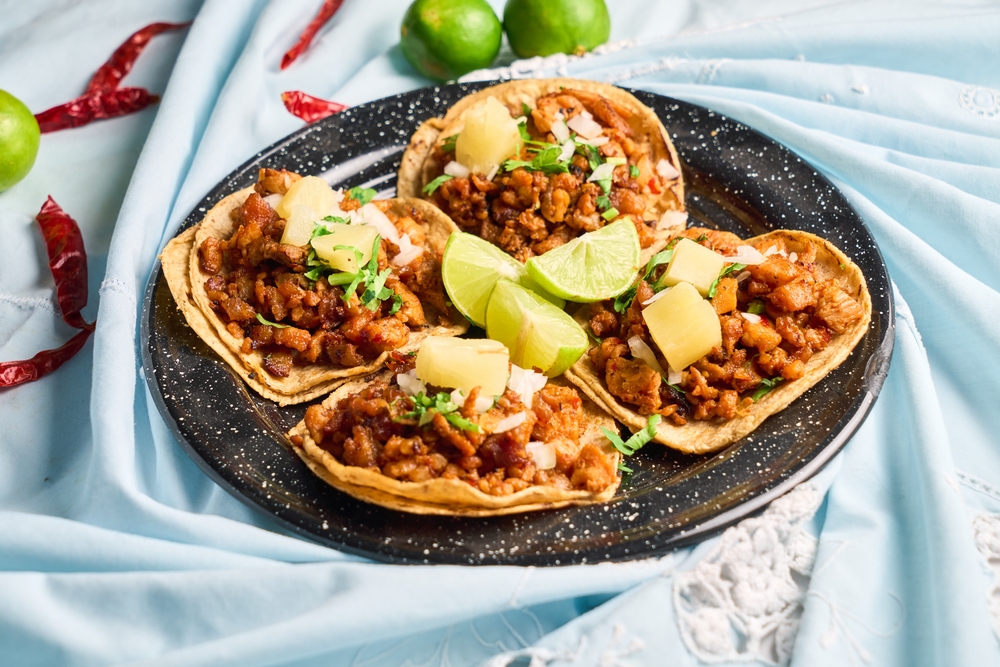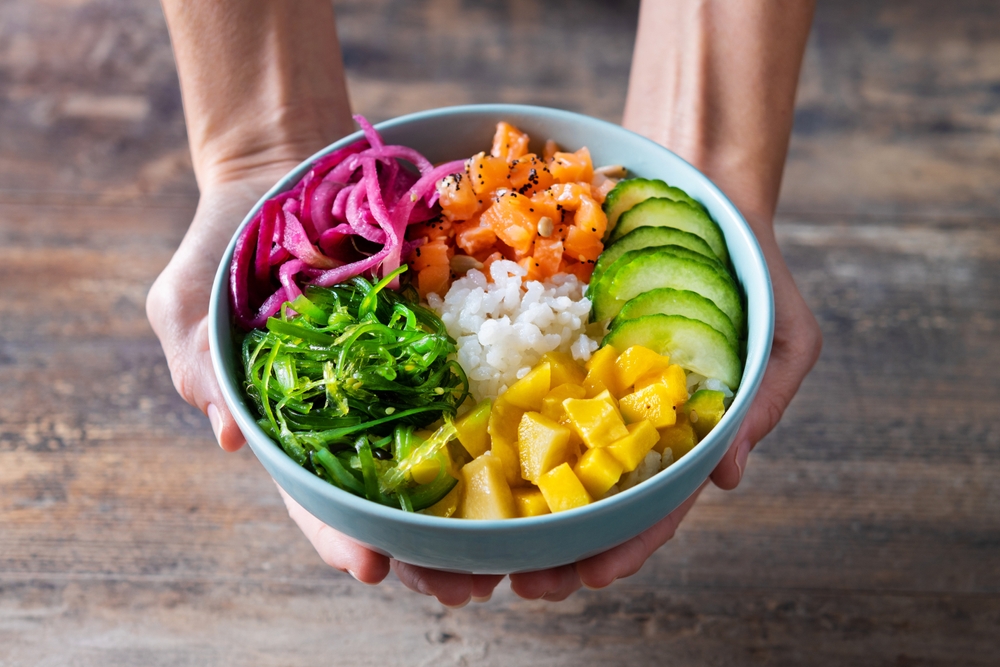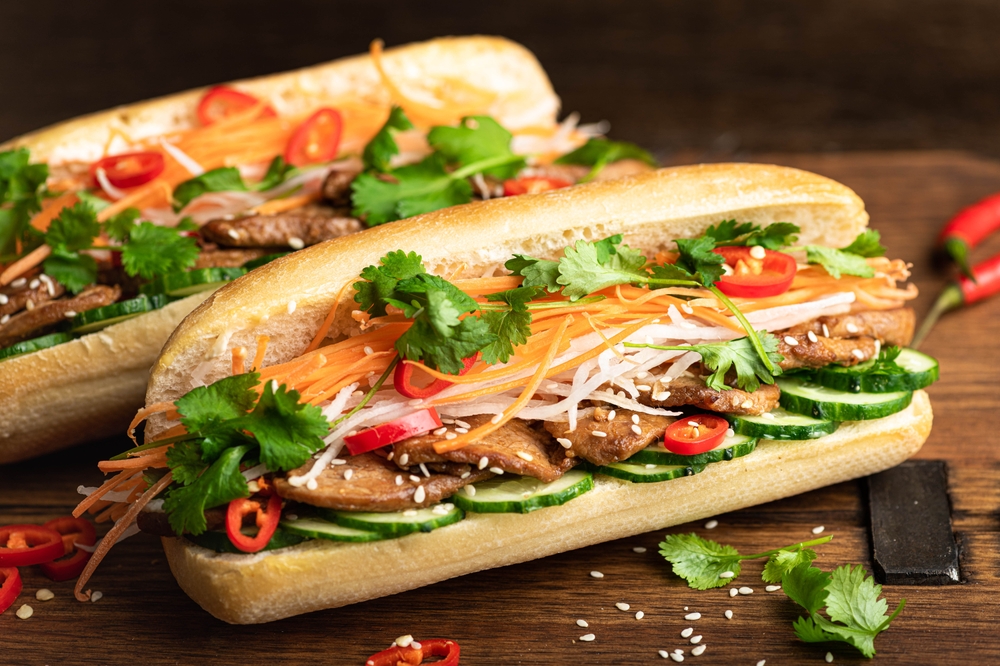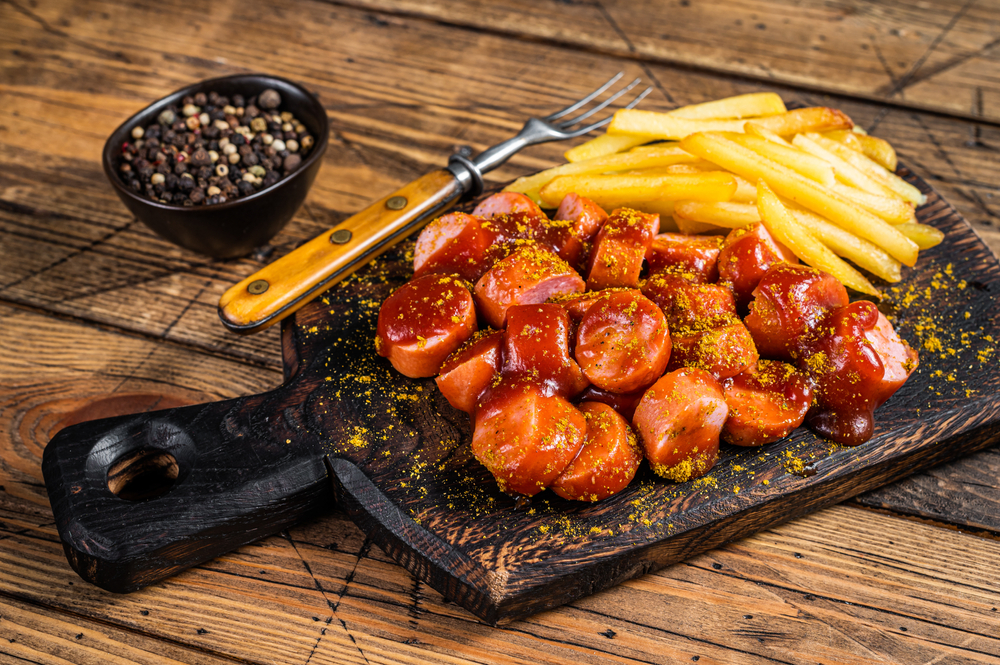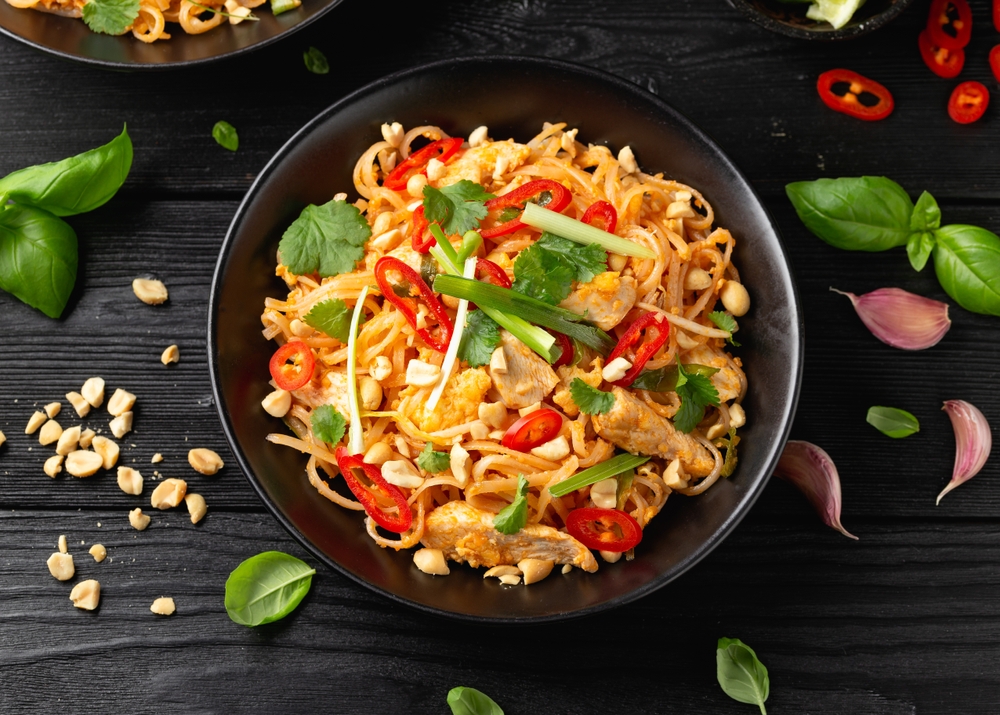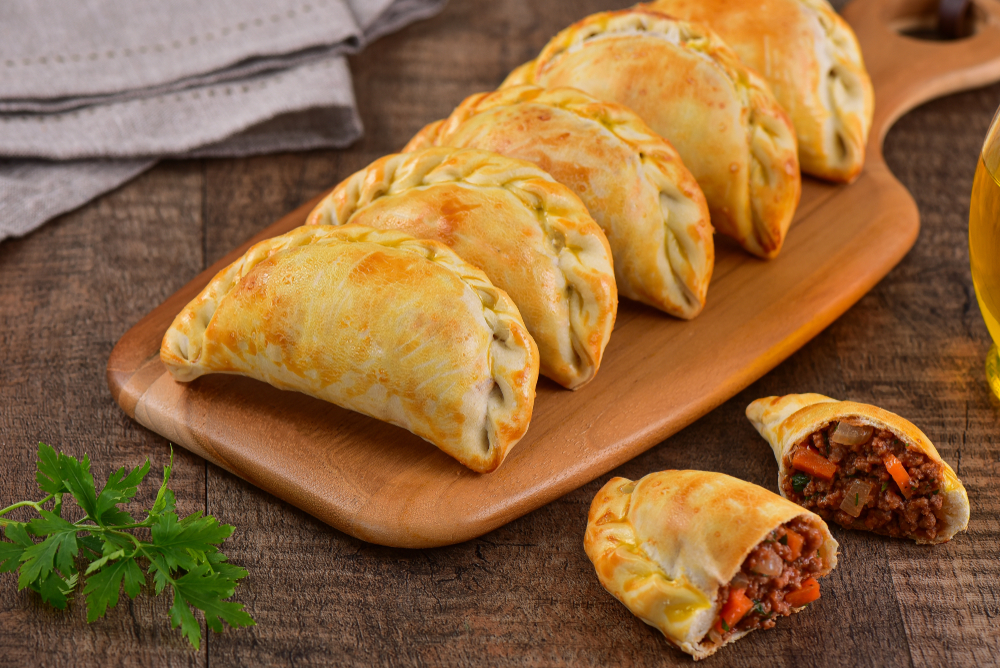Every city has a story, and sometimes the most authentic way to understand that story is through a single, unforgettable bite. Regional food specialties carry the history, culture, and soul of a place, created from local ingredients and traditions passed down through generations. From steaming street foods to cherished family recipes, these iconic dishes offer travelers a direct connection to a city’s identity that no guidebook can match.
1. Philly Cheesesteak – Philadelphia, USA
Thinly sliced beef, melty cheese, and grilled onions stuffed into a crusty roll create Philadelphia’s most famous sandwich. Born in the 1930s when hot dog vendor Pat Olivieri decided to try something new, this street food became an instant hit with taxi drivers.
The sandwich sparked the eternal debate: Provolone or Cheez Whiz? Locals have strong opinions on proper ordering protocol too – specify cheese type and whether you want onions by saying “wit” or “witout.” Pat’s and Geno’s still face off at the original South Philly corner where it all began.
2. Beignets – New Orleans, USA
Square pillows of fried dough buried under mountains of powdered sugar capture the sweet spirit of New Orleans. French in origin but perfected in Louisiana, these pastries arrived with Acadian settlers and became the city’s beloved breakfast tradition.
Café du Monde in the French Quarter has served them 24/7 since 1862, creating a ritual experience where tourists and locals alike sit under green-striped awnings. The proper way to eat them? With strong chicory coffee while watching Mississippi River boats drift by. Just don’t wear black – that powdered sugar gets everywhere!
3. Xiao Long Bao – Shanghai, China
These delicate soup dumplings represent the pinnacle of Shanghainese culinary engineering. Each pleated purse contains both solid meat filling and hot, flavorful broth that bursts in your mouth with one careful bite.
The secret lies in the gelatin-rich stock that solidifies when cold, allowing it to be wrapped with the filling before melting during steaming. Proper technique involves placing the dumpling in a spoon, nibbling a small hole, sipping the soup, then enjoying the remaining dumpling with black vinegar and ginger.
Din Tai Fung may have standardized them globally, but neighborhood spots in Shanghai still make them by hand each morning.
4. Pastel de Nata – Lisbon, Portugal
Golden-crusted custard tarts with caramelized tops tell the story of Lisbon’s maritime history and religious past. Created by monks at Jerónimos Monastery before the 18th century, these treats were originally made to use up egg yolks while egg whites cleaned monastery vestments.
The ancient recipe found new life when the monastery sold it to a nearby sugar refinery during financial troubles. That shop, Pastéis de Belém, still uses the secret recipe today, serving warm tarts dusted with cinnamon to long lines of visitors.
Every Lisbon neighborhood has its own pastelaria selling these creamy delights, perfect with a bica (espresso).
5. Poutine – Montreal, Canada
French fries smothered in gravy and cheese curds might seem simple, but this humble dish embodies Montreal’s unique cultural blend. Created in rural Quebec during the 1950s, the hearty combination became the ultimate late-night comfort food for city dwellers.
The cheese curds must be fresh enough to squeak between your teeth – a sign of quality that locals insist upon. Authentic poutine gravy balances between beef and chicken stock with a peppery kick that cuts through the richness.
From 24-hour diners to upscale restaurants adding foie gras or lobster, poutine represents Montreal’s French-Canadian soul with a rebel spirit.
6. Jollof Rice – Lagos, Nigeria
Vibrant orange-red rice cooked in a spicy tomato base sits at the center of fierce West African pride and friendly regional rivalry. Lagos locals claim their version – fragrant with thyme, curry powder, bay leaves, and Scotch bonnets – reigns supreme over Ghanaian or Senegalese variations.
Originally a Wolof dish from Senegal, jollof evolved as it traveled through West Africa. The Nigerian version typically includes chicken stock and gets its distinctive smoky undertone from cooking over open flame.
Found at every celebration from weddings to naming ceremonies, jollof rice isn’t just food – it’s a cultural institution that brings families together and sparks passionate debate across borders.
7. Deep Dish Pizza – Chicago, USA
More casserole than traditional pizza, Chicago’s signature deep dish creation reflects the city’s hearty, no-nonsense character. Invented at Pizzeria Uno in 1943, this architectural marvel features a buttery crust built up the sides of a deep pan, creating a bowl for layers of cheese, meat, and vegetables.
Unlike other pizzas, the sauce goes on top to prevent burning during the long bake time. The result demands a knife and fork rather than the New York fold.
Chicagoans fiercely defend their pizza against coastal critics, embodying the Second City’s underdog spirit and Midwestern practicality – why choose between thin and thick when you can have both in one slice?
8. Gelato – Florence, Italy
Creamy, intensely flavored Italian ice cream showcases Florence’s Renaissance perfectionism and artistic spirit. Unlike American ice cream, gelato contains less fat and air, creating a denser texture and more concentrated flavor that connects directly to Florentine agricultural traditions.
Seasonal fruits, local nuts, and high-quality dairy become edible art in the hands of master gelatai. The craft dates back to the Medici court, where frozen desserts were served at elaborate banquets.
True artisanal gelaterias still make fresh batches daily, storing them in metal tins rather than puffy mounds. Florentines judge tourists by how they order – real connoisseurs never combine more than two complementary flavors in one cup.
9. Tacos al Pastor – Mexico City, Mexico
Marinated pork shaved from a vertical spit, topped with pineapple, cilantro, and onion on a small corn tortilla, represents Mexico City’s multicultural history on a plate. This street food masterpiece came from Lebanese immigrants who brought shawarma techniques in the early 20th century.
Mexicans adapted the method using local ingredients – replacing lamb with pork and Mediterranean spices with achiote, guajillo chilies, and pineapple. The trompo (spinning top) of meat becomes a beacon in nighttime streets.
The perfect taco al pastor balances savory, sweet, acidic, and spicy notes, showcasing Mexico’s genius for culinary fusion and street food excellence.
10. Croissants – Paris, France
Flaky, buttery crescents embody Parisian dedication to pastry perfection and morning ritual. Despite popular belief, croissants originated in Austria as the kipferl before French bakers elevated the technique to create hundreds of delicate layers through repeated folding of butter into dough.
The true Parisian croissant should shatter when bitten, revealing a honeycomb interior that’s rich yet light. Locals judge bakeries on their plain butter versions rather than almond or chocolate variations.
Morning routines in the capital revolve around these pastries, eaten standing at café counters with espresso or carried home in paper bags that develop translucent butter spots – a sign of quality no Parisian can resist.
11. Poke – Honolulu, Hawaii
Cubes of raw fish marinated in soy sauce and sesame oil reflect Hawaii’s unique position at the crossroads of Pacific cultures. Originally a simple fisherman’s snack made from reef fish trimmings, poke (pronounced poh-kay) means “to slice” in Hawaiian.
Traditional versions feature ahi tuna, limu seaweed, crushed kukui nuts, and sea salt. The dish evolved through influences from Japanese, Korean, and Filipino immigrants who brought their own flavors to the islands.
While mainland poke bowls feature elaborate toppings and sauces, Honolulu locals often buy theirs by the pound from supermarket counters to enjoy at beach gatherings – a true taste of Hawaii’s multicultural community and connection to the ocean.
12. Banh Mi – Ho Chi Minh City, Vietnam
Crusty French baguettes filled with savory meats, pickled vegetables, and fresh herbs create the perfect sandwich that tells Vietnam’s colonial history and culinary independence. Born during the French occupation, banh mi evolved after their departure when Vietnamese cooks adapted European techniques to local ingredients and tastes.
The magic lies in the contrast between warm protein (often pâté and pork) and cool, crunchy vegetables dressed with mayonnaise and Maggi seasoning. Street vendors throughout Ho Chi Minh City serve these from morning until night from small carts.
Each bite delivers the perfect balance of textures and flavors – crunchy, soft, spicy, sweet, sour, and savory – much like Vietnam’s complex cultural identity.
13. Currywurst – Berlin, Germany
Sliced pork sausage doused in curry-spiced ketchup captures Berlin’s post-war resilience and practical creativity. Legend claims it was invented in 1949 by Herta Heuwer, who bartered with British soldiers for curry powder to spice up bland post-war provisions.
Served at street stands throughout the city, this unpretentious dish comes sliced on paper plates with a tiny fork and a side of fries. While tourists flock to famous spots like Curry 36, Berliners have their own favorite neighborhood imbiss (snack stands).
The East-West flavor fusion reflects Berlin’s divided history and eventual reunification – a simple comfort food that sustained workers rebuilding the city and now fuels late-night revelers in Europe’s club capital.
14. Pad Thai – Bangkok, Thailand
Stir-fried rice noodles with a perfect balance of sweet, sour, salty, and umami flavors represent Bangkok’s street food excellence and fascinating political history. Surprisingly, this dish wasn’t always a Thai staple – it was promoted as part of a nationalism campaign in the 1930s to reduce rice consumption during shortages.
Prime Minister Plaek Phibunsongkhram pushed the noodle dish as part of his modernization efforts. Street vendors along Khao San Road and Chinatown wok-fry each portion to order over blazing flames.
The best versions achieve perfect texture with slightly chewy noodles, crunchy bean sprouts, roasted peanuts, and the distinctive tang of tamarind – a complete meal that costs less than a dollar from a street cart.
15. Empanadas – Buenos Aires, Argentina
Half-moon pastries filled with savory beef, onions, olives, and eggs tell the story of Argentina’s Spanish colonial past and Italian immigration waves. Each Buenos Aires neighborhood claims its own superior version, with bakeries marking different fillings through distinctive crimping patterns along the edges.
The classic Argentinian style features hand-chopped (never ground) beef seasoned with cumin and paprika, unlike variations found across Latin America. Locals debate whether baked or fried is superior, though both appear at every family gathering.
Portenos (Buenos Aires residents) often grab these portable snacks on the go, the flaky exterior and juicy filling providing perfect sustenance between meals or after late nights of tango dancing.
